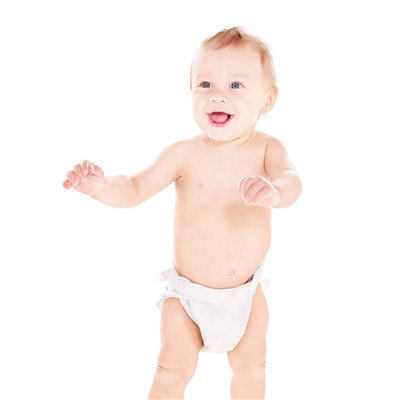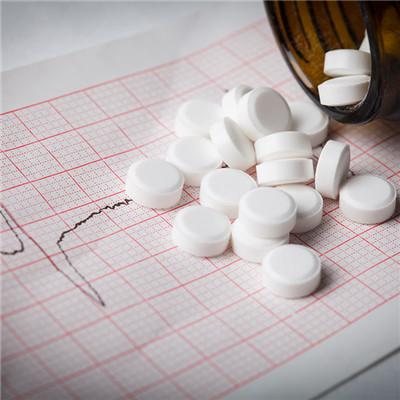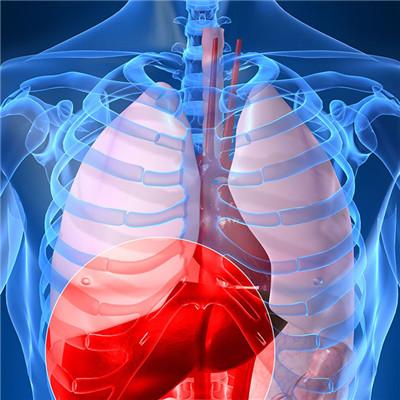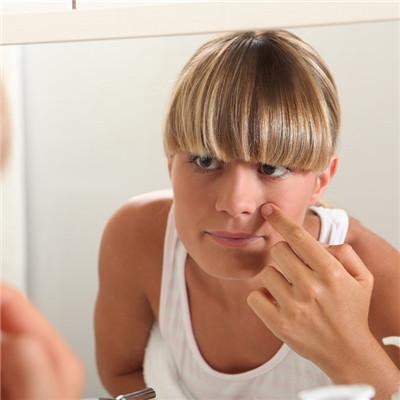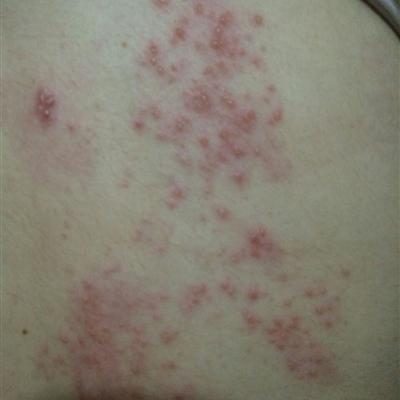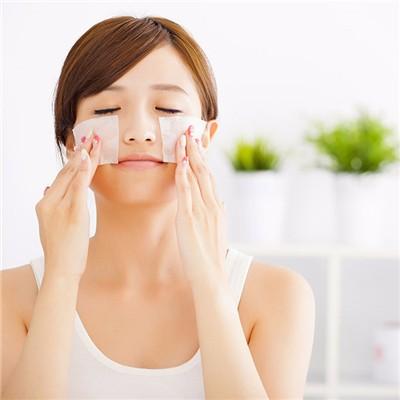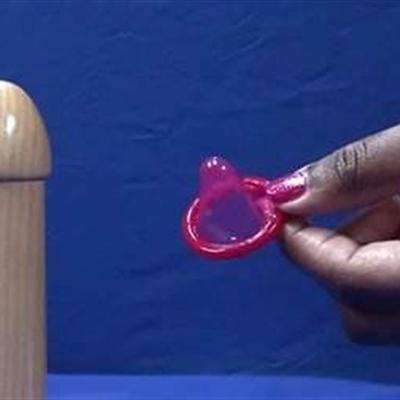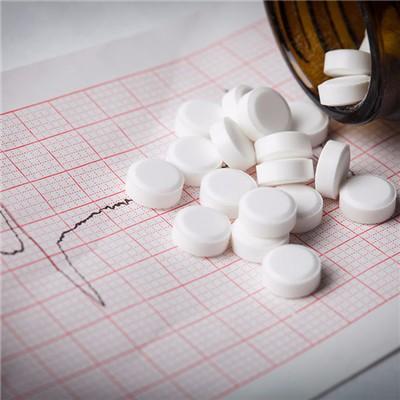What symptom is corns?
summary
Corns are localized, conical keratinocyte hyperplasia caused by local long-term pressure and friction of the foot skin. It's commonly known as "prickle". People who have been standing and walking for a long time are more likely to occur, and friction and oppression are the main causes. What symptom is corns? Next, I'd like to share my views with you.
What symptom is corns?
The lesions were round or oval localized keratinocytosis, the size of needle to broad bean, light yellow or dark yellow, smooth surface, flat or slightly raised skin surface, clear boundary, with inverted conical keratin plug embedded in the dermis in the center.
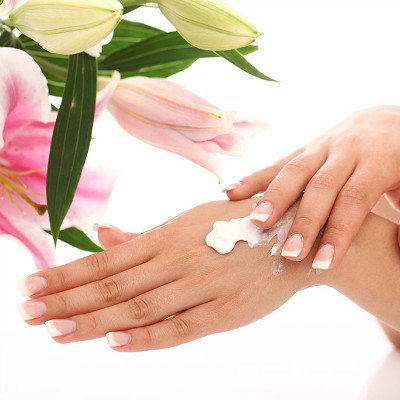
Because the tip of the cutin plug stimulates the nerve endings of the dermal papilla, it causes pain when standing or walking. Corns mainly occur at the head of the third metatarsal in the anterior middle of the foot and the tibial margin of the second toe. They are also found in the prominent and easily rubbed parts such as the back of the little toe and the second toe or between the toes.
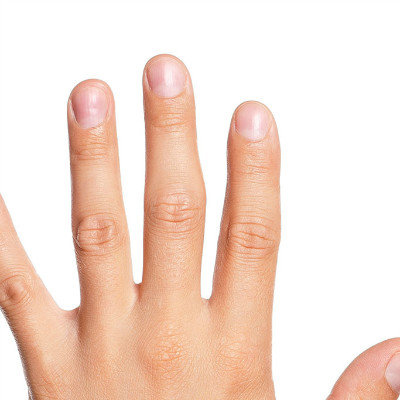
Corpus callosum is often a sign of Occupation: most of them are asymptomatic and do not affect their functions. Severe cases may have chaps. The typical damage is a clear boundary of pale yellow or dark yellow conical cutin plug, the tip of which is embedded in the skin, such as mung bean and broad bean. Flat or slightly raised skin, if you use a knife to cut off the outer layer, you can see that there is a hard keratin embolism in the center, and there is a transparent light yellow ring around, which is cornlike.
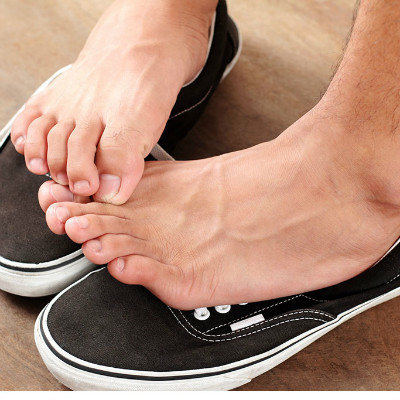
matters needing attention
Keep feet healthy. Wash feet with soft soap and warm water every night (the temperature should be lower than 40 ℃). Generally, the soaking time of feet should not exceed 5-10 minutes. Dry thoroughly with a soft towel to keep the calluses and corns dry and prevent the infection of calluses and corns from causing adverse consequences. Once there are signs of infection, they should go to the hospital in time. On the site of infection, generally do not use irritant disinfectant, such as iodine, etc.

